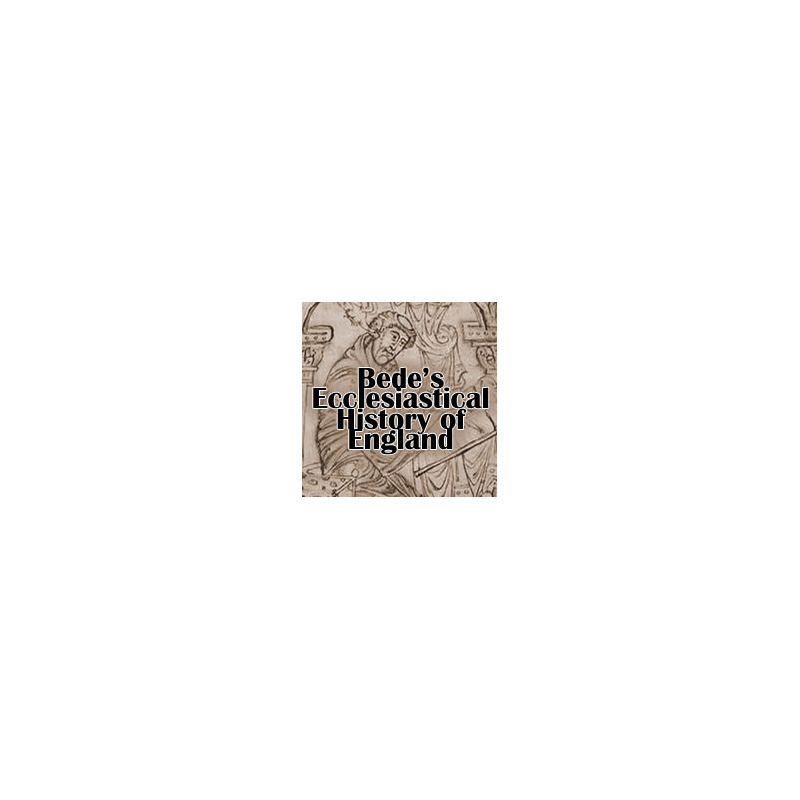

The wideness of his knowledge exposed the general records accessible to him and the intensity of background accomplished in England during his time. Within the 40 writings of Bede, most were about lives of saints and of his monastery’s abbots, explanation on the manuscripts of the Bible, Historia Abbatum, and books on liturgy and celebrations and on expression. He launched to chronological script the scheme of dating proceedings from the nativity of Christ and did cautious job on chronological events, represented in De Temporum Ratione (On the Reckoning of Time, 725). The effort incorporated a collection of arduously composed information its rational and creative truthfulness situate the typical for chronological inscription in medieval Europe.Īwareness of England previous to the 8th century rests considerably on Bede’s job, on his thorough hard work to collect credentials and verbal proof and assess them according to the most excellent serious principles of his time. The innermost subject matter of his Historia Ecclesiastica (History of the Church) is that of the church as a energy soldering religious, doctrinal, and enriching unity out of aggression and barbarism. He eventually became a deacon then a priest, while in the monastery.īede’s learning and writing prose were focused to religious intention. At seven years old, the abbot of a monastery in Wearmouth and Jarrow which was Benedict Biscop, developed him, and eventually be hoisted as a monk-a general ritual before the Middle Ages. Bede the Venerable, Saint (673?-735) was an English Benedictine monk who was born close to Wearmouth in Northumbria, which is presently Sunderland, England.


 0 kommentar(er)
0 kommentar(er)
